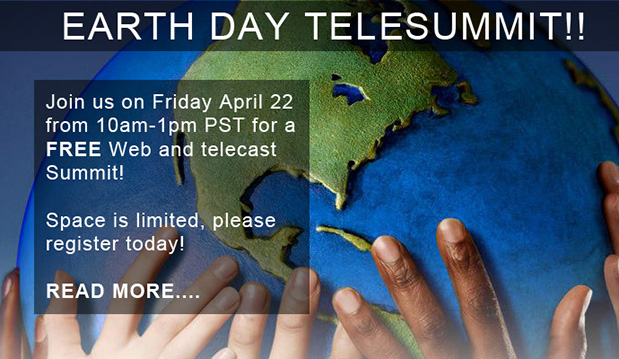
A quick PR shot of event decor is really a fairly complex architectural assignment, but you have to get it in about 30 seconds with virtually no equipment. Here’s how to combat low overall light level, nasty contrast and lack of impact.
The Seawell Ballroom at the Denver Center for the Performing Arts Complex is a favorite venue for its prestigious location, capacity and great audio-visual capabilities. This year’s annual fundraising luncheon for the Colorado Business Committee for the Arts boasted a sell-out crowd of nearly 800 patrons on St. Paddy’s Day. The room was packed, and of course the organizers wanted a still to show the scope of the attractive table layout and plated lunch with appropriately green accessories. I needed to skate by the difficult conditions and score a close to magazine quality interior.
Choose your angle carefully
The performance stage was far too bright, blowing out the background, and besides, last minute rehearsals were in progress. The sides of the room are just totally uninteresting blank walls and curtains. I chose to photograph toward the back of the room, because it has a long mirrored wall that nicely reflects the stage, but not too brightly. Wide angle of course; 100th shutter speed, however, results in a dark, unsatisfactory image.
Determine flash requirement and setting
This is a matter of some experience and testing. I knew I wanted an ‘/5.6 for good sharpness on a single table, which was to be lit with one speed light for snap, color saturation and detail in both highlight and shadow. The Ultimate Light Box does a first class job pointed at the ceiling, even though it’s high. Those green napkins really pop. Long exposure at high ISO with tungsten WB really wouldn’t get the effect wanted. Best ISO choice for this work is always 640, but take 800 if you need it.
Stabilize the camera
A monopod is my answer when I’m going to drag the shutter and need very sharp subject rendition without ghosting. A tripod is too slow and cumbersome and tends to get wrecked on repeated PR jobs – or worse, stolen if you leave it unattended. My monopod zips inside my rolling kit and will also hang comfortably from my location belt pack.
Bracket slow shutter speeds
In this case you absolutely want to control both ‘/stop and shutter speed independently. For this demo I used four settings for visual comparison, though by experience and eye measure, I knew in advance what would work best. With film, 15th of a second was the magic number in about 85-90% of hall interiors. With digital I’ve experienced that 30th or even 60th is usually a safer choice for crispness.if you don’t have sticks or there are people in the shot. In this still life, each test image was successively better, with 15th of a second the final choice, making the room look vast and bright.
Finishing touches
A couple of thoughtful adjustments in Lightroom and Photoshop took less than two minutes of post. They weren’t necessary, but exceeding client expectations is how I make money. With longer shutter drag, several parts of the image became a bit light. In Lightroom I selectively brushed about -2 on the very bright entry door at rear and about -1 on the front plates of food. Also in Lightroom I added +2 saturation to the colored stage backdrop reflected in the mirrored wall. Notice some lighted lettering, very small in the background? That’s the projected client logo, but it’s indistinct and backwards in the mirror. From another image I cut out and pasted the right-reading logo in two logical, but prominent places on the background. This was done in Photoshop, with only minor cleanup around the letters on a mask. Showing the logo as many ways as possible and the size of the crowd were this year’s client must-haves. It was so easy to satisfy both.
